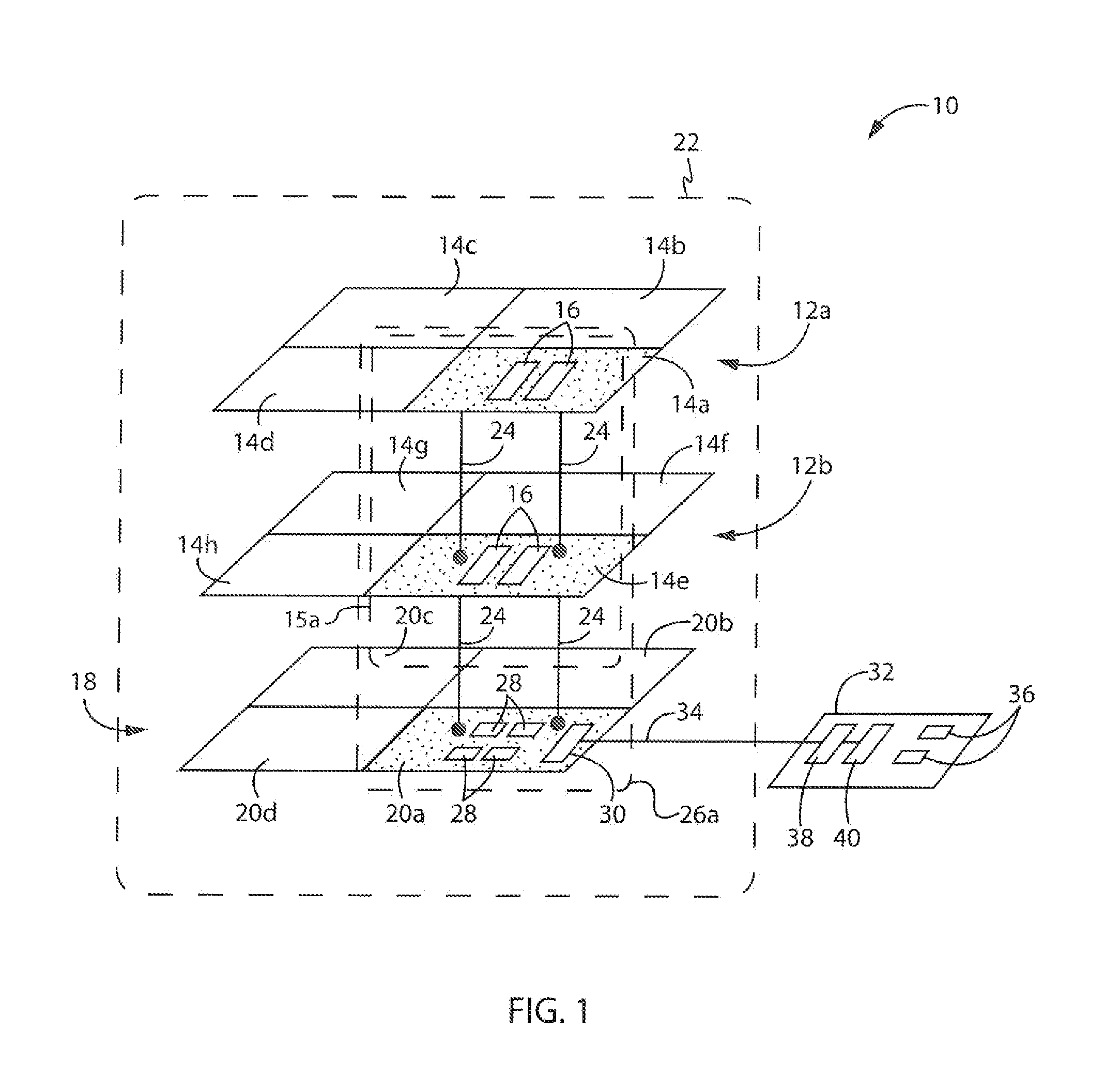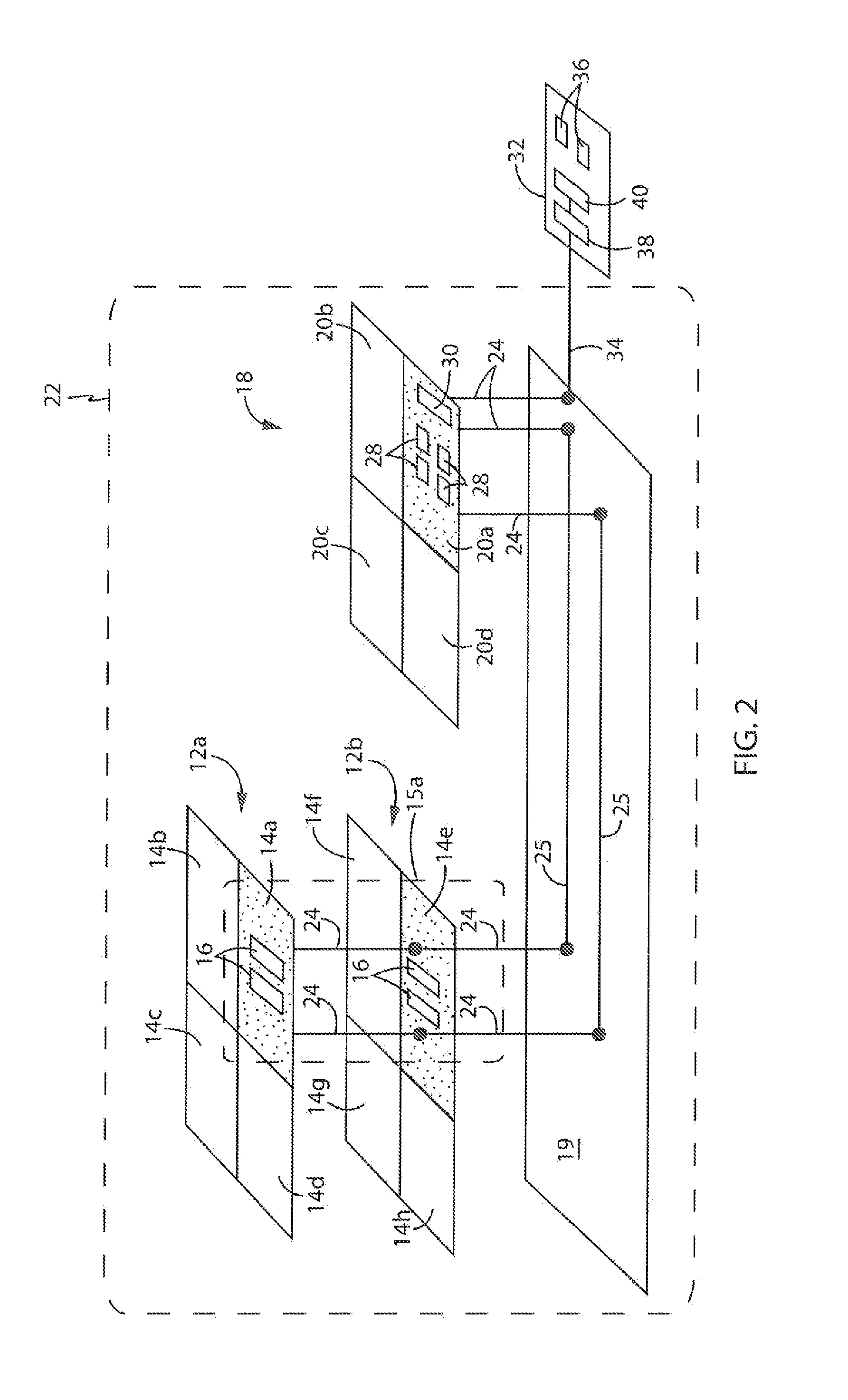Memory Processing Core Architecture
a core architecture and memory technology, applied in the field of computer technology, can solve the problems of significant time and energy consumption, inefficient architecture, and the inability to efficiently transfer entire pieces, and achieve the effects of increasing system performance, increasing power efficiency, and efficient offloading whole pieces
- Summary
- Abstract
- Description
- Claims
- Application Information
AI Technical Summary
Benefits of technology
Problems solved by technology
Method used
Image
Examples
Embodiment Construction
[0027]Referring now to FIG. 1, an embodiment of the present invention will be described in the context of a computer system 10. The computer system 10 could be implemented in a variety of applications, including, for example, a laptop, tablet, smart phone or other mobile computing device, a desktop computer, a server, a network router, switch or hub, and the like.
[0028]In the computer system 10, a plurality of memory layers 12 are “stacked,” or arranged in a three-dimensional (3D) configuration in which layers are physically arranged one over the other, such as by wafer-on-wafer or die-on-wafer processes, with the memory layers 12 physically being coupled together. Each memory layer 12 comprises a separate die or “chip” in which one is fabricated over the other, or stacked adjacently, using conventional monolithic 3D fabrication techniques. In this example, for simplicity, two adjacent memory layers are shown, including an upper memory layer 12a and a lower memory layer 12b.
[0029]T...
PUM
 Login to View More
Login to View More Abstract
Description
Claims
Application Information
 Login to View More
Login to View More - R&D
- Intellectual Property
- Life Sciences
- Materials
- Tech Scout
- Unparalleled Data Quality
- Higher Quality Content
- 60% Fewer Hallucinations
Browse by: Latest US Patents, China's latest patents, Technical Efficacy Thesaurus, Application Domain, Technology Topic, Popular Technical Reports.
© 2025 PatSnap. All rights reserved.Legal|Privacy policy|Modern Slavery Act Transparency Statement|Sitemap|About US| Contact US: help@patsnap.com



